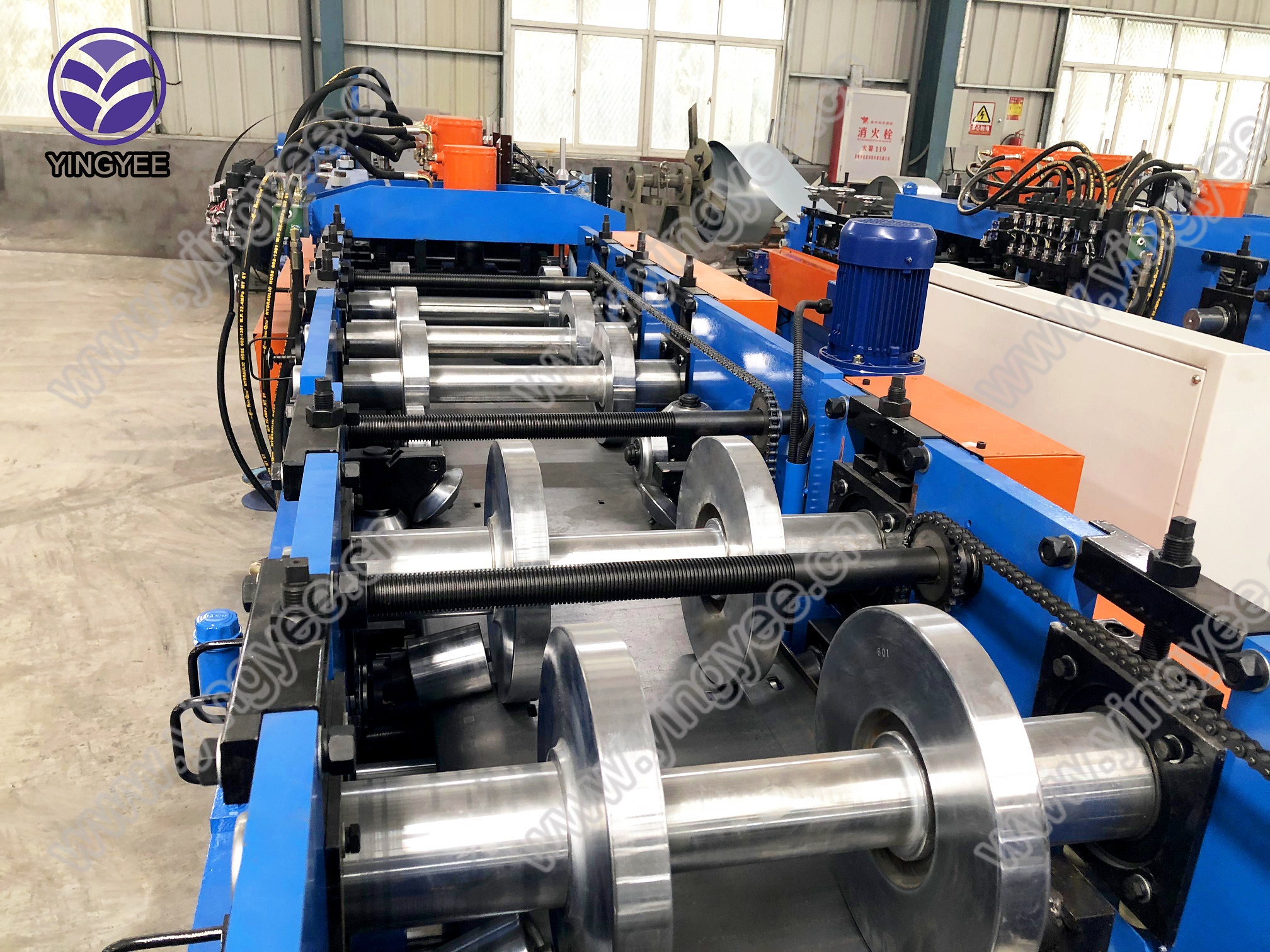
The Versatility of C-Z Purlin Forming Machines
In the realm of modern construction and structural engineering, the materials used play a critical role in defining the stability, durability, and economic viability of the projects. Among these materials, purlins have emerged as an indispensable component in the framework of buildings, particularly in steel structures. The introduction of C-Z purlin forming machines has revolutionized the way purlins are produced, providing solutions that are not only efficient but also customizable to meet diverse industry requirements.
Understanding C-Z Purlins
Before delving into the significance of forming machines, it is vital to grasp what C-Z purlins are. These are horizontal members utilized to support roofing and walls in buildings, often made of steel. The term C and Z refers to the shape of the cross-section of the purlins—C-shaped and Z-shaped, respectively. These two shapes allow for versatility in design and structural integrity, permitting easy connection with other building elements.
C-shaped purlins are generally used for lighter loads, while Z-shaped purlins are more versatile due to their interlocking capabilities, thus providing increased strength and stability. Their lightweight nature makes them preferable in various construction projects, including warehouses, factories, and agricultural buildings.
The Role of C-Z Purlin Forming Machines
C-Z purlin forming machines play a pivotal role in the production of these essential components. These machines are designed to transform raw metal sheets into precisely shaped C and Z purlins through a series of innovative processes, such as roll forming. The roll forming process involves passing the metal sheet through a series of rollers, each of which progressively shapes the metal until it reaches the desired profile.
One of the key advantages of using C-Z purlin forming machines is their ability to produce purlins in various sizes and dimensions. This customization is crucial in the construction industry as different projects demand different specifications. Whether it’s a minor structure or a large industrial facility, C-Z purlin forming machines can cater to the specific needs of builders, ensuring that they achieve optimal performance and material efficiency.

Advantages of Using C-Z Purlin Forming Machines
1. Efficiency The automated nature of modern forming machines allows for high-speed production, significantly reducing lead times. This efficiency translates into cost savings for builders and developers, enabling them to complete projects within predetermined timelines.
2. Material Utilization With precise cutting and shaping capabilities, these machines minimize waste, allowing for better material utilization. This is particularly beneficial in today’s environmentally conscious market, where sustainability is a priority.
3. Structural Integrity The uniformity in the dimensions and shapes provided by forming machines ensures that purlins meet stringent quality standards. This uniformity is critical in maintaining the structural integrity of the buildings they support.
4. Adaptability As market demands evolve, the ability of C-Z purlin forming machines to produce custom profiles makes them highly adaptable to new requirements. This versatility is vital for contractors seeking to innovate and provide unique solutions to their clients.
5. Ease of Operation Many modern forming machines come equipped with user-friendly interfaces and automation features. This reduces the need for extensive training for operators and allows for easier management of the production process.
Conclusion
In conclusion, C-Z purlin forming machines are a game-changer in the construction industry. They not only streamline the production of essential structural components but also offer a plethora of benefits, from enhanced efficiency and material utilization to adaptability and ease of operation. As the demand for innovative building solutions continues to rise, the importance of C-Z purlin forming machines in shaping the future of construction cannot be overstated. By investing in such technology, builders can ensure that they stay ahead of the curve, delivering high-quality structures that meet the ever-evolving needs of their clients.